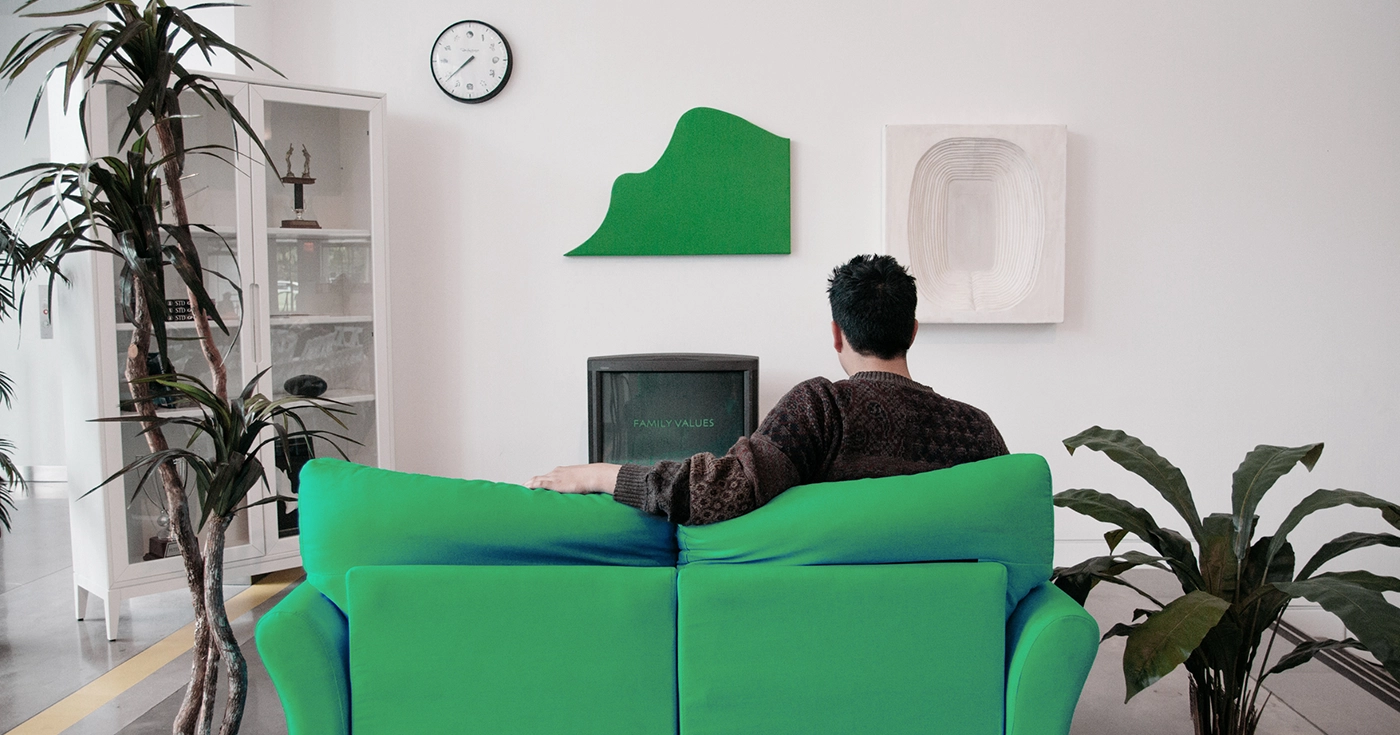
The ‘White Lotus effect’ is transforming the luxury real estate market
The White Lotus is an American satirical comedy-drama television series in which employees and guests of the fictional White Lotus resort chain experience complex storylines over the course of a week, stemming from their psychosocial traits and the idyllic environment in which they are supposed to relax.
Over the course of its three seasons, the series has spotlighted luxurious tourist destinations, exclusive hotels, and a high-end lifestyle, which has surprisingly and directly influenced the real estate sector. The so-called ‘White Lotus Effect’ has created new investment opportunities in both the real estate and high-end tourism sectors, generating an impact that goes beyond entertainment. It has led to increased demand for vacation properties and secondary residences in these areas, driving up property values and fueling the development of upscale infrastructure.
Preferred luxury investment destinations following the ‘White Lotus effect’
The first season is set on the Hawaiian island of Maui. Locations such as the Four Seasons Resort Maui have driven a notable rise in property demand and hotel bookings in similar destinations, with a 35% increase in demand at that location after the season aired, according to industry sources.
But there are more examples of this phenomenon. After the second season, set in Sicily, searches for luxury homes in the region doubled among American and British buyers. This data comes from the Luxury Outlook 2025 report by Sotheby’s International Realty, which shows that investors are increasingly targeting properties in villages along the French Riviera where parts of the show were filmed.
Meanwhile, in places like Koh Samui, Thailand, where the third season was filmed, there has been a surge in demand for luxury villas, with more than 600 new spaces forecasted for development in 2025.
On these developments, Sergio Arana, Managing Director of Real Estate at Urbanitae, notes, “Although it’s difficult to quantify the impact, qualitatively it’s clear. Everything that’s conveyed through series, films, etc., affects consumer behavior. In the case of villas, beyond the White Lotus effect, we’re seeing a massive word-of-mouth impact at the international level, and national destinations like Costa del Sol or the Balearic Islands are, in the eyes of foreign clients, places they feel they ‘must be’.”
Moreover, the ‘White Lotus Effect’ has extended to regions where the series was not filmed but are highly attractive to real estate investors. In Miami, for example, a luxury home builder invested $4 million to renovate a property in the city to replicate the ambiance of exclusive resorts like Aman and Four Seasons—strong presences in the show.
All in all, Urbanitae emphasizes a common denominator in analyzing the investment landscape: the relevance of social media and its influence on this market. “Everything that catches the eye—just like in series and movies—drives demand, and luxury is highly visual,” Arana affirms.
Luxury real estate investment in figures
The consultancy firm Henley & Partners compiled a list of countries with the most expensive price per square meter for luxury properties. Monaco, Hong Kong, and New York are the top three most expensive cities in the world, with prices per square meter exceeding $25,000. The sector has experienced overall positive growth over the past two years.
In Spain, the market follows the same trend, with Madrid surpassing iconic cities such as Monaco, Paris, London, Miami, and New York in terms of attractiveness for luxury real estate. The city’s professional opportunities—thanks to the presence of multinational companies—and its excellent quality of life, along with security, healthcare, cultural, culinary, and leisure offerings, as well as its transport and infrastructure network, have been key factors. The most sought-after properties in the capital are large apartments with high ceilings in protected historic buildings, especially those located on upper floors.
For example, in the Salamanca district, the price per square meter is set at €13,000, and can reach up to €16,500 for luxury properties, with an upward trend close to 20%. The second prime neighborhood highlighted by Barnes is Justicia, where prices are somewhat lower: €10,000 per square meter for homes and €12,500 for premium units, both also showing a 20% upward trend.
How does this effect impact developers and investors?
Real estate has become a safe haven for high-net-worth individuals. Offering solid security, protection against inflation, and profitability, wealthy investors are increasingly investing in buying, selling, and renting properties—both luxury and non-luxury—as well as in projects such as hotels and offices.
This growing interest from major investors provides a strong boost for real estate developers. In a context where bank financing has become more expensive, finding solid alternatives to fund project development is crucial. Large investors allow developers to reduce their dependence on traditional credit. In this way, the market diversifies and expands, with growth that appears unstoppable.
Sergio Arana sees a clear correlation: “The often unpredictable behavior of financial markets is prompting both advisors and investors to turn increasingly toward so-called alternative investments. And in that area, real estate stands out—especially for Spanish investors: they like bricks and mortar, which offer security and peace of mind.”
To meet the growing demand from more specialized and affluent investors, Urbanitae Wealth, an exclusive service aimed at high-net-worth individuals and institutions, offers personalized advisory, priority access to projects, tailored fiscal and legal planning, and the possibility to design bespoke real estate investment strategies.

